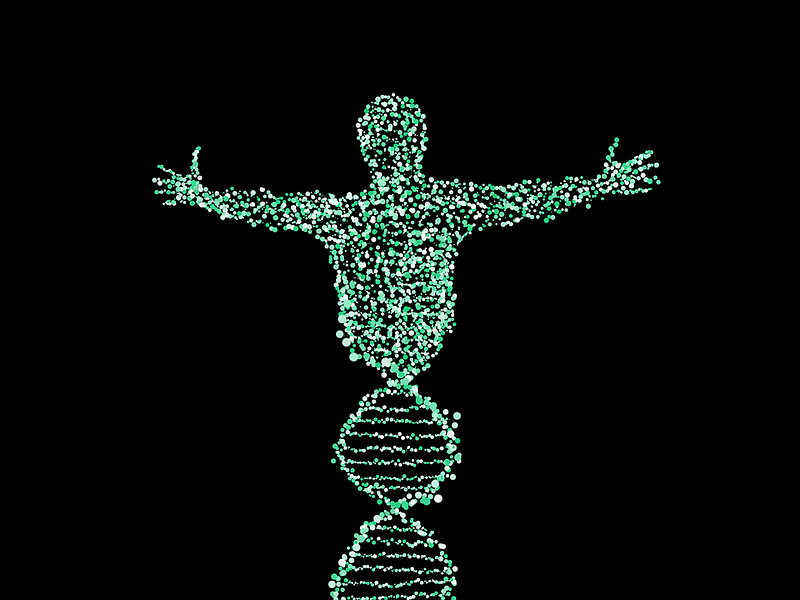Understanding the Complexities of Aging: A Scientific Survey
Written on
Chapter 1: The Challenge of Defining Aging
The quest to understand aging has long been a complex endeavor. Even ancient thinkers like Sun Tzu recognized the importance of knowing both oneself and one’s adversaries. In this case, the adversary is the aging process itself. Gaining insight into the biological foundations of aging is crucial for developing effective treatments.
While some remedies may work without a clear understanding—akin to traditional medicine—this approach is akin to relying on luck rather than informed strategy. True progress in combating aging relies on understanding its underlying mechanisms.
Biology, including that of aging, is inherently messy. Definitions shift, exceptions abound, and categories become blurred. Most definitions of aging focus on the decline of physiological functions after maturity, but which functions are we talking about? When does a decline become significant?
Moreover, the human body operates as a highly intricate system of molecular interactions, where countless processes occur simultaneously. To effectively track or intervene in aging, we must determine what to observe, measure, and which biological factors deserve our attention.
Section 1.1: Seeking Expert Consensus
To shed light on these issues, a recent study surveyed experts attending a symposium on the biology of aging. A total of 37 experts participated, responding to questions using a Likert scale, ranging from strong disagreement to strong agreement.
Here are some key findings:
- The consensus indicated a reasonable understanding of the basic biological mechanisms of aging, though opinions varied on how comprehensive the nine hallmarks or seven pillars are in describing these mechanisms.
- Experts largely disagreed that aging occurs uniformly across all tissues.
- There was mild agreement that reliable metrics for measuring aging may soon be attainable, but strong consensus that aging is multi-dimensional and cannot be captured by a single metric.
- The idea that aging mechanisms are broadly similar across species garnered some agreement, as did the belief that mortality rates can serve as proxies for aging at the organismal level.
Yet, there remains a need for a unified definition of aging, as many experts believe it represents an undesirable process that should be addressed.
Subsection 1.1.1: Defining Aging

Chapter 2: Diverging Perspectives on Aging Mechanisms
The survey also included open-ended questions aimed at delving deeper into the understanding of aging. Responses were varied, reflecting a lack of consensus on several key issues:
- When does aging truly begin? Opinions were split among various stages, including gamete formation and sexual maturity.
- Lifestyle interventions were deemed the most promising for slowing aging, but other strategies like senolytics and immune interventions were also considered.
- The potential effectiveness of interventions varied, with opinions scattered on how many could be deemed promising.
The final question asked participants to define aging itself, revealing a wide array of perspectives. Some definitions focus on programmed aging, while others emphasize damage or systemic dynamics. The diversity of responses signifies a complex landscape of understanding.
In conclusion, while some areas of agreement exist, the survey underscores significant discrepancies in the scientific community's views on aging. As the authors note, such variance is expected in a field undergoing active investigation, but it also highlights the need for further research and dialogue.
In this video, Dr. David Sinclair discusses the biology of aging and how we can potentially slow it down.
This video explores the biology of aging, revealing insights into healthy aging and the mechanisms behind it.